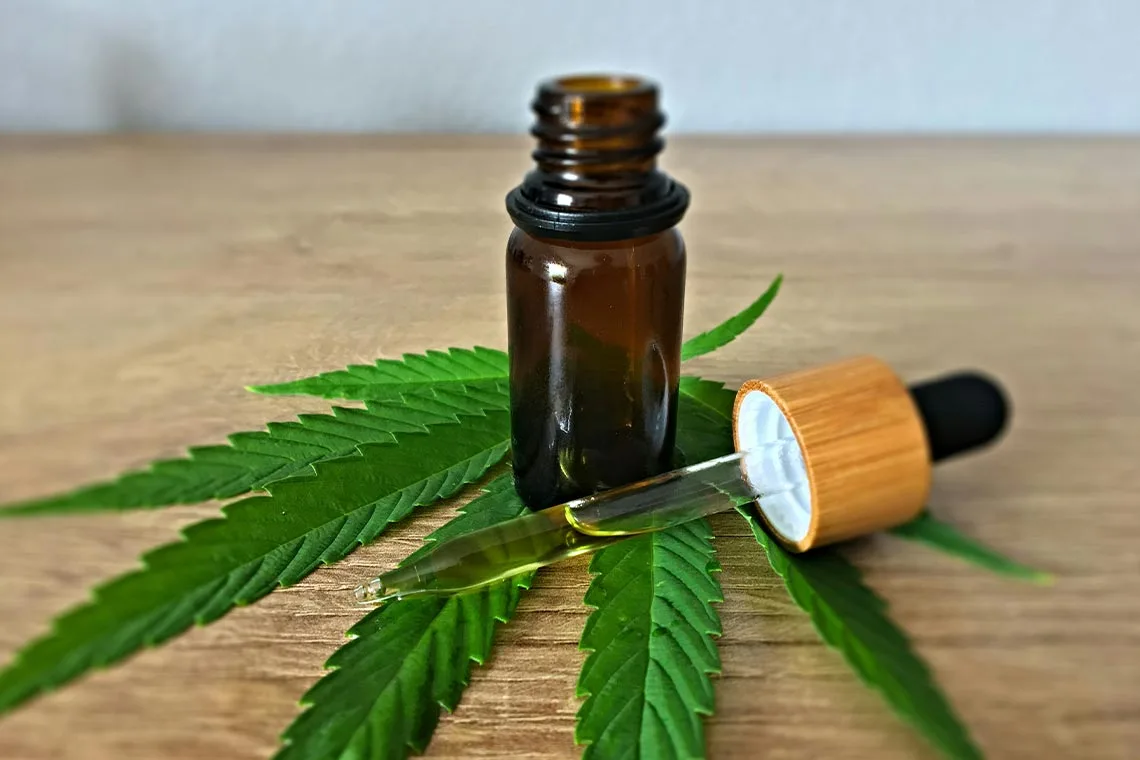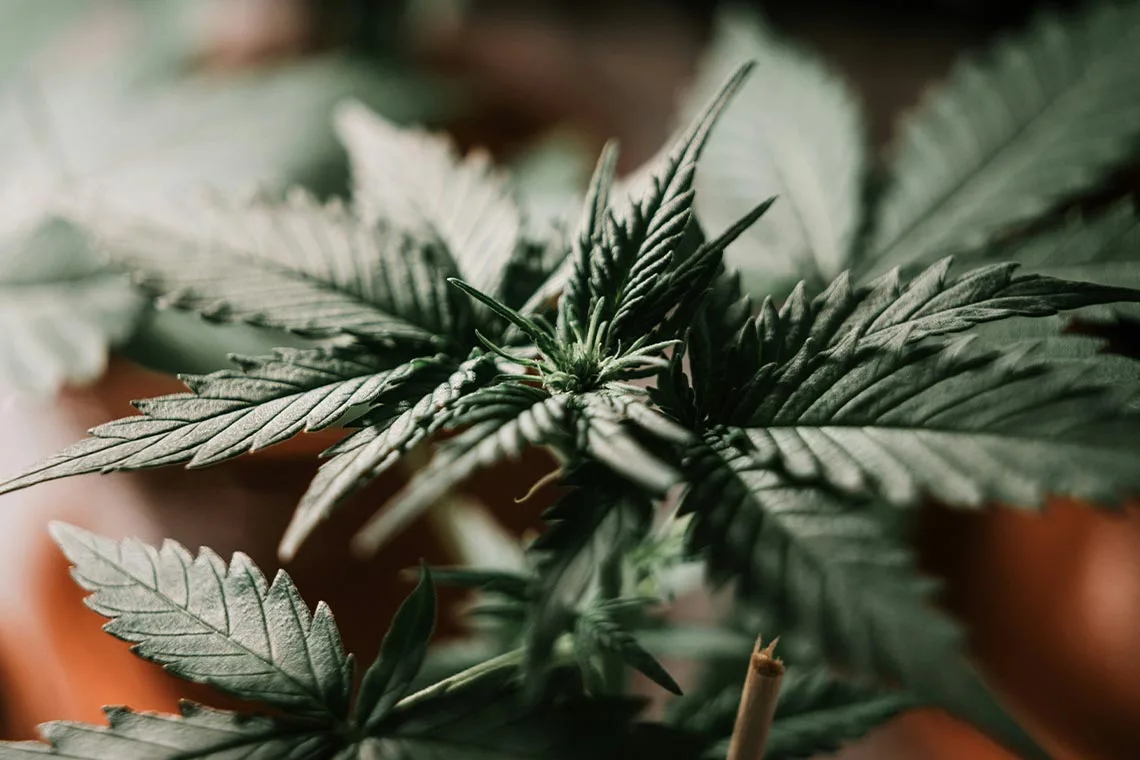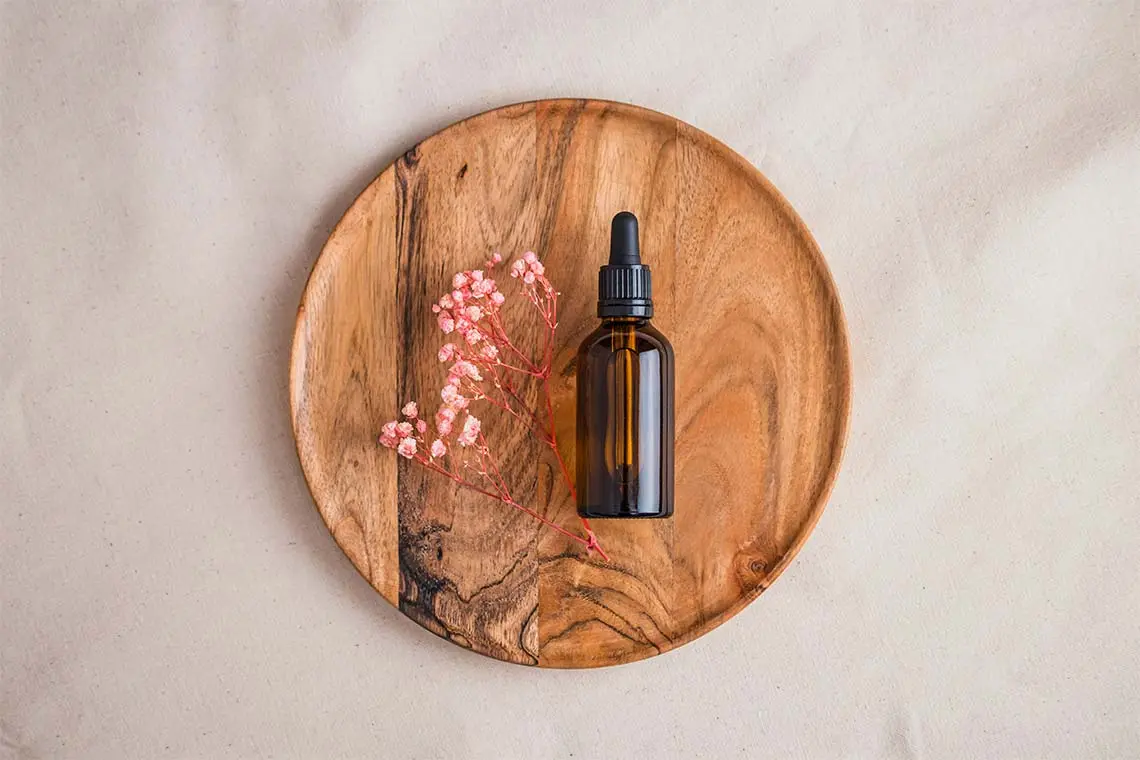Informational, THCA
What’s the Difference Between CBD and THCA?
Many are familiar with THC (tetrahydrocannabinol), the primary psychoactive component in cannabis. However, the cannabis plant contains over 100 different cannabinoids, each with unique properties.
CBD, much like THC, has gained immense popularity, especially in wellness circles. Its major selling point is that it’s non-psychoactive, which means CBD doesn’t induce the high associated with THC. This quality has made cannabis accessible to a broader audience seeking its benefits without the psychoactive experience.
Following the 2018 Farm Bill, a legal framework now allows for more exploration and utilization of these numerous cannabinoids, paving the way for innovations in cannabis research and cultivation. Among these cannabinoids is THCA (tetrahydrocannabinolic acid), which, like CBD, doesn’t produce a high in its raw form.
However, THCA can produce the same psychoactive high associated with mainstream THC through the process of decarboxylation, which is achievable when THCA is heated. Exploring the distinctions and similarities between CBD and THCA can help you better understand which cannabinoid might suit your needs best.
To learn more about THCA click here to review our complete guide.
Key Takeaways
- CBD and THCA are non-psychoactive cannabinoids present in both hemp and cannabis.
- A key distinction between them lies in their molecular structures and the potential for THCA to induce psychoactive effects once converted into THC.
- Each of these cannabinoids boasts beneficial properties, yet it’s important to note that neither is inherently superior to the other. Their value largely depends on the specific needs and preferences of the user.
Table of Contents:
What is CBD?
CBD, short for cannabidiol, is a non-psychoactive compound found in both hemp and marijuana cannabis plants. Its lack of intoxicating effects is a significant benefit for those seeking the advantages of cannabis without the high. This is true even when CBD is sourced from a marijuana plant, CBD doesn’t produce a high on its own.
Harvard Health notes CBD as the second most predominant active ingredient in cannabis, crucial in medical applications. Additionally, The World Health Organization has found no evidence to suggest any potential for abuse or dependency on CBD, underscoring its safety and lack of associated public health concerns.
Similar to other cannabinoids, CBD engages with the body’s endocannabinoid system, a crucial component of both our nervous and immune systems, which houses cannabinoid receptors. Distributed throughout the body, these receptors interact with cannabinoids to influence various physiological responses, some of which have therapeutic effects.
How is CBD Made?
Once harvested, cannabis or hemp undergoes an extraction process in a container designed to separate cannabinoids from the plant. This involves soaking the plant material or running solvents through it to remove the cannabinoids. After extraction, the solvent is evaporated, heating the mixture to leave behind a concentrated cannabinoid oil. However, this process sometimes leaves solvent residues, which can be harmful; indeed, some research has detected unwanted chemicals like petroleum in CBD products derived from solvent extractions.
Following extraction, the oil retains all cannabinoids and compounds not lost during the process, known as full-spectrum oil. This oil can then undergo further refinement and purification to produce either CBD isolate, which contains only CBD, or broad-spectrum oil, which includes a range of cannabinoids minus THC.
Is CBD Legal?
Almost every state in the U.S. allows, at least conditionally, the use of CBD. Some of the more restrictive states may require a medical marijuana card for the purchase of CBD or require that CBD products be 100% THC-free to be legally purchased. As always, it is important to check your own state’s laws and regulations regularly, as cannabis policy has been fairly fluid in recent years.
The Difference Between CBD and THCA
So, how do CBD and THCA differ? The main thing separating them is their molecular makeup. While conventional pot often steals the spotlight in conversations about cannabis, the truth is that it’s just one of over a hundred cannabinoids found in both hemp and marijuana.
Both CBD and THCA are non-psychoactive, but there’s a whole different vibe when you smoke THCA compared to CBD. You can enjoy CBD in many forms—joints, blunts, bowls, bongs, as well as waxes, concentrates, shatters, vapes, carts, and tinctures. No matter your choice, CBD won’t get you high.
However, THCA presents a distinct experience that is customizable to the user because, when heated, THCA can produce many of the same psychoactive effects as traditional THC. For users looking for a non-psychoactive experience, THCA can also provide many of the same non-psychoactive benefits and therapeutic effects as CBD when it is not heated.

Photo by CBD Infos on Unsplash
The Effects and Benefits: CBD vs. THCA
CBD
CBD, being non-psychoactive, doesn’t produce a noticeable “high” in the traditional sense. CBD has become a touchstone in cannabis wellness, becoming one of the most extensively researched cannabinoids.
Although CBD doesn’t induce a high, it’s valued for its array of benefits that come without psychoactive consequences. Potential advantages of CBD usage include:
- Easing stress, anxiety, and feelings of paranoia.
- Improving sleep quality and combating insomnia.
- Offering anti-inflammatory benefits.
- Assisting in managing pain.
- Providing neuroprotective effects.
Many have incorporated CBD into their care plans for a variety of conditions and discomforts. It’s crucial to remember, though, that CBD isn’t a cure-all and doesn’t reverse illnesses. If you’re thinking about adding CBD to your wellness toolkit to help with symptoms of certain conditions, getting advice from a healthcare professional is a wise first step.
THCA
THCA, known for its non-psychoactive and psychoactive nature when heated, has captured the interest of the wellness and cannabis communities alike. Its non-psychoactive aspect is particularly intriguing for its potential health benefits. Meanwhile, its ability to produce a stimulating high when used in specific products continues to be a popular choice for many.
THCA shares many of the same wellness benefits seen above with CBD, yet individual reactions to these cannabinoids can vary due to the body’s unique complexities. This variability means some might find THCA more beneficial than CBD, or vice versa. However, it’s vital to approach findings on THCA with caution, as research is still in progress. Much of our current understanding is based on anecdotal evidence and preliminary studies.

Photo by GRAS GRÜN on Unsplash
Final Thoughts
Navigating the expansive array of cannabinoids flooding the market can feel like making your way through a maze. With so many options, understanding the nuances between them can be perplexing.
Understanding the differences between THCA and CBD is essential for making informed decisions about cannabinoid consumption. Whether you’re seeking relief from chronic conditions or exploring the therapeutic benefits of cannabinoids, knowing the distinct properties of these compounds can guide you toward the right choice for your needs.
**(Disclaimer reminder: This article is not medical advice. It is based on anecdotal user experience alone. If you are thinking about incorporating cannabis (delta-8 THC, delta-9 THC, CBD, etc) into your medicinal routine, please consult a healthcare professional. Do not stop taking any prescribed medications without first consulting your doctor.)
Disclaimer: This article was written in March 2024 and reflects the United States’ laws that were current at that time. Because cannabis laws in the United States laws are subject to change at any time, please make sure that you are always staying up to date on your federal, state, and local county’s cannabis laws. Additionally, we are NOT encouraging anyone to break the law––we are simply showing people ways to legally and discreetly bring their cannabis products along with them on their travels so that they may have access to those products when they reach their intended destination.


